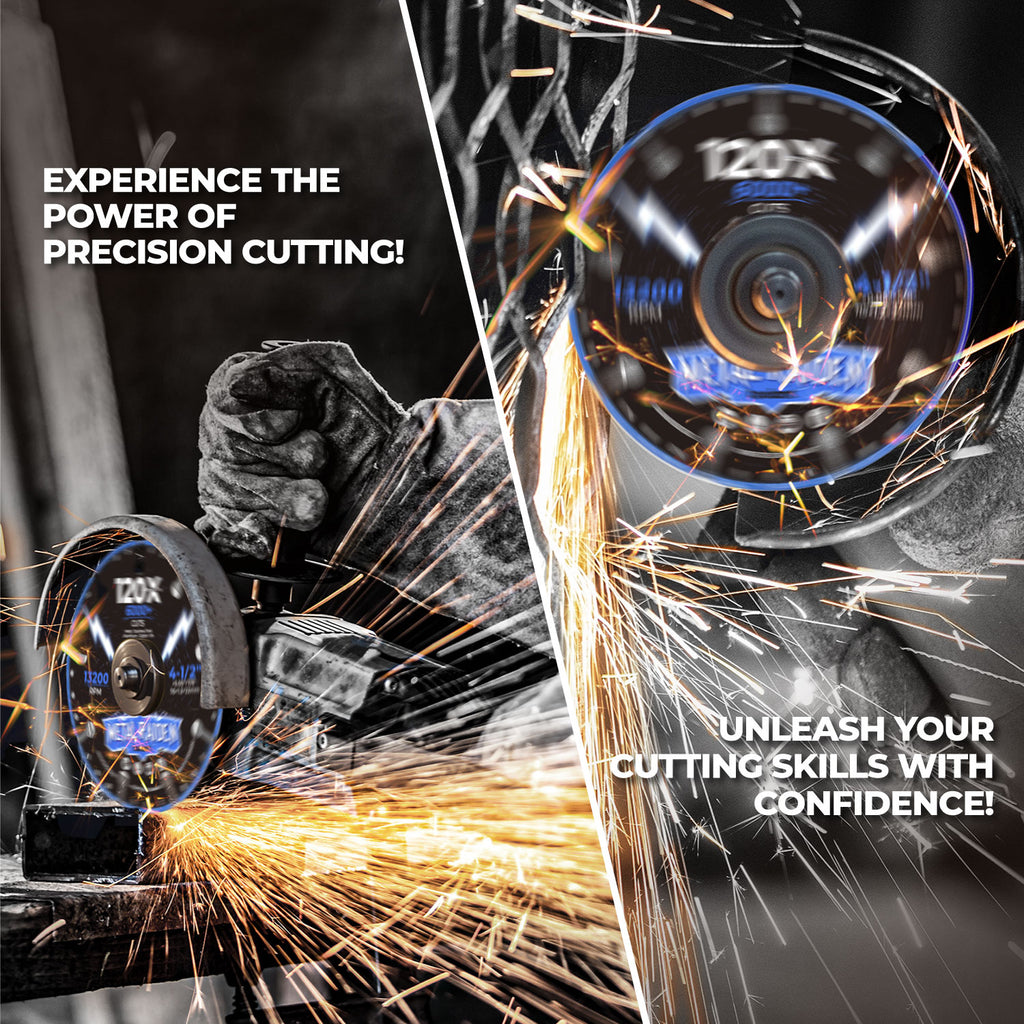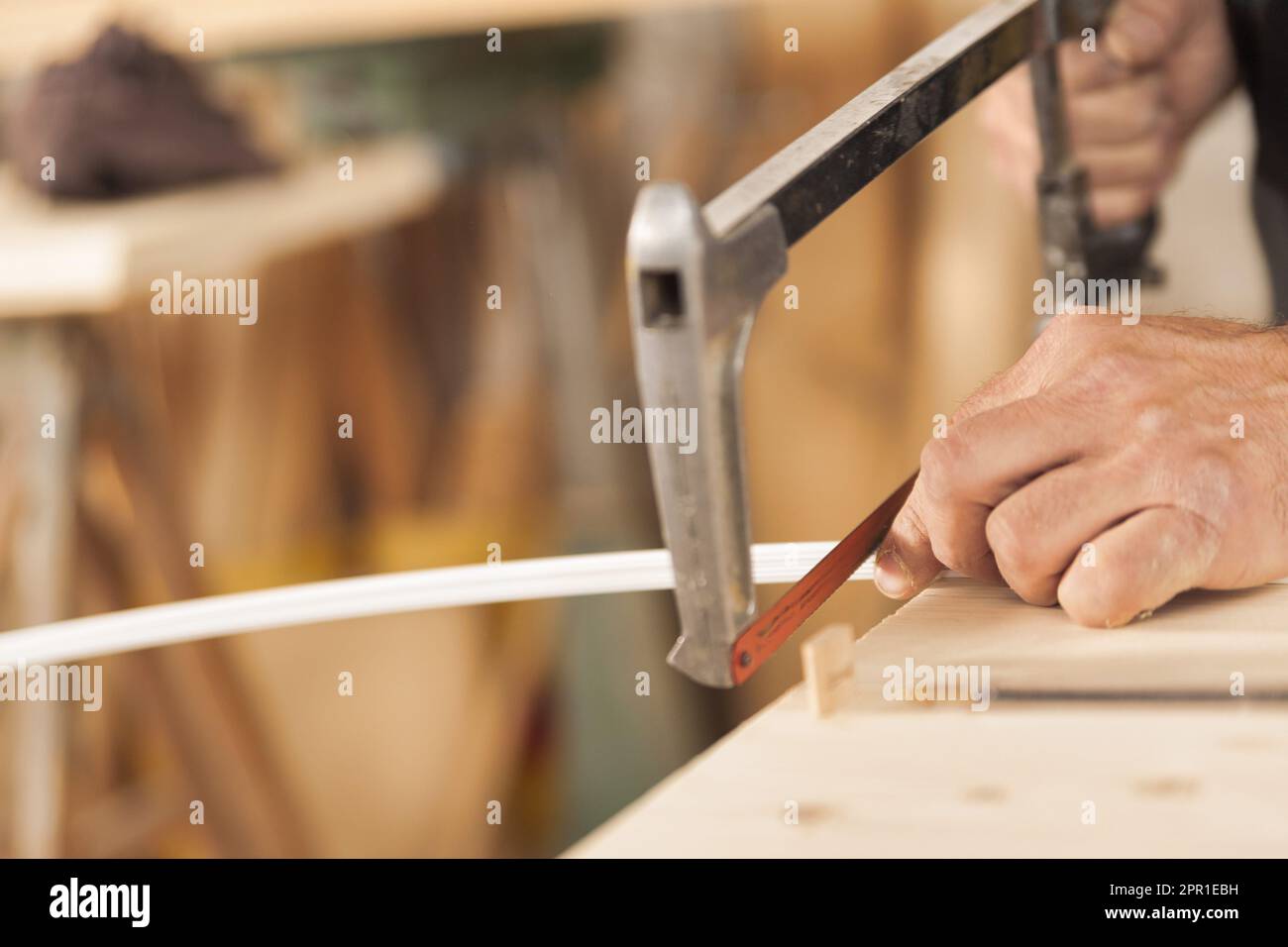A small saw to cut metal is a hacksaw or a portable band saw. These tools are efficient for metal cutting tasks.
Metal fabrication and DIY projects often require precise cutting of metal pieces. Having the right tool, such as a small saw designed for cutting metal, can make the job easier and more accurate. Hacksaws and portable band saws are popular choices for cutting metal due to their versatility and ability to make clean cuts.
Understanding the different types of small saws available and how to use them properly can help you achieve professional results in your metal-cutting projects. We will explore the features and benefits of these tools, as well as tips for selecting the best small saw for cutting metal.
Choosing The Right Small Saw
When choosing the right small saw to cut metal, it’s essential to consider various factors to ensure you get the best tool for your needs.
Consider The Material
- Determine optimal saw for specific metal type
- Aluminum requires different saw than steel
- Consider metal thickness for saw selection
Evaluate The Blade Type
- Choose blade suitable for metal type
- Carbide-tipped blades for harder metals
- Diamond blades for cutting abrasive metals

Credit: www.amazon.com
Safety Measures
- Wear safety goggles and gloves to protect eyes and hands.
- Ensure to wear ear protection to reduce noise exposure.
- Avoid cluttered work areas to prevent tripping hazards.
- Keep the work area well-ventilated to avoid fume inhalation.
Techniques For Precision Cutting
Precision cutting of metal with a small saw requires proper techniques to ensure accurate and clean cuts. By employing the right methods, you can achieve precise results and improve the overall quality of your metalworking projects.
Marking The Metal
To begin precision cutting with a small saw, it’s crucial to mark the metal accurately. Use a sharp scribe or a fine-point marker to delineate the cutting line. Make sure the marking is clear and visible to guide the cutting process effectively.
Cutting With Control
When cutting with a small saw, maintaining control over the tool is essential for precision. Ensure that the metal is securely clamped, and use slow, steady movements to guide the saw along the marked line. This technique helps prevent errors and ensures a smooth, accurate cut.
Maintaining Your Small Metal Saw
Proper maintenance is essential to keep your small metal saw performing at its best. Regular maintenance will not only extend the lifespan of your saw but also ensure accurate and efficient cuts. In this section, we will discuss the important aspects of maintaining your small metal saw.
Blade Care
The blade is the heart of your small metal saw, and taking care of it is crucial for optimal performance. Follow these tips to keep your blade in top shape:
- Inspect the blade before each use for any signs of damage or wear.
- Ensure the blade is mounted securely and aligned properly.
- Keep the blade clean and free from debris. Remember to wear protective gloves when handling the blade.
- Sharpen the blade regularly or replace it when it becomes dull. A dull blade can cause inefficient cuts and strain the motor.
- Store the blade in a safe place when not in use to avoid any accidental damage.
Cleaning And Storage
Proper cleaning and storage practices are key to maintaining the overall performance and longevity of your small metal saw. Here are some guidelines to follow:
- After each use, unplug the saw and allow it to cool down before cleaning. This prevents any accidents and ensures your safety.
- Wipe down the saw with a clean, dry cloth to remove any dust, debris, or metal shavings. Avoid using water or solvents, as this can damage the saw’s components.
- Store the saw in a clean, dry place away from any moisture or extreme temperatures. Consider using a protective case or cover to prevent dust and debris from settling on the saw.
By following these cleaning and storage practices, you can ensure your small metal saw stays in excellent working condition for years to come. Implementing these routine maintenance tasks will not only prolong the life of your saw but also result in precise and efficient cuts every time.
Advanced Applications
Small saws are not only versatile tools for cutting metal, but they also offer advanced applications that make them indispensable for various projects. From angle cutting to intricate designs, these small saws bring precision and efficiency to your metalworking tasks.
Angle Cutting
With their compact design and powerful cutting abilities, small saws are perfect for angle cutting in metalwork. Whether it’s cutting precise bevels or creating complex miters, these saws provide clean and accurate cuts in different angles. This makes them essential for tasks that require joining metal pieces at specific angles, such as constructing frames or installing metalwork structures.
Intricate Designs
One of the standout features of small saws is their ability to create intricate designs in metal. These saws come with various blades and attachments that allow you to achieve detailed cuts, curves, and patterns. Whether you’re working on ornamental pieces, jewelry, or decorative metal art, these saws provide the precision and control needed to bring your intricate designs to life. With their small size and maneuverability, they are perfect for making delicate and intricate cuts in metal materials.
Additionally, small saws are often used in metal engraving and etching processes, allowing artisans to add intricate and personalized designs to metal surfaces. This opens up a world of possibilities for creating unique and custom metalwork pieces that stand out.
Whether you need to cut metal at specific angles or create detailed and intricate designs, small saws have advanced applications that make them essential tools in any metalworking project. Their versatility, precision, and maneuverability make them a must-have for both professionals and hobbyists in the industry.

Credit: toolant.com

Credit: www.amazon.com
Frequently Asked Questions For Small Saw To Cut Metal
Are Small Saws Suitable For Cutting Metal?
Yes, small saws are suitable for cutting metal as long as they have the appropriate blade for metal cutting. These saws offer a compact and maneuverable design, making them ideal for tackling metal cutting tasks in tight spaces or for smaller jobs.
What Type Of Blade Should I Use For Cutting Metal With A Small Saw?
For cutting metal with a small saw, it is recommended to use a carbide-tipped blade or a bi-metal blade. These blades are specifically designed to withstand the rigors of metal cutting, providing durability and precise cuts.
Can A Small Saw Cut Different Types Of Metal?
Yes, a small saw can cut different types of metal, including steel, aluminum, copper, and more. However, it is important to select the appropriate blade and adjust the saw’s speed and cutting technique accordingly to ensure the best results and prevent damage to the saw or the material being cut.
How Can I Ensure Accurate And Clean Cuts When Using A Small Saw To Cut Metal?
To ensure accurate and clean cuts when using a small saw to cut metal, it is important to use a guide or clamp to secure the material being cut. Additionally, maintaining a steady hand and maintaining a slow, consistent cutting speed can help achieve precise cuts with minimal burrs or rough edges.
Conclusion
A small saw for cutting metal is an essential tool for any DIY enthusiast or professional. With its compact size and versatile capabilities, this tool provides the precision and power necessary for metal cutting projects. Whether it’s for crafting, building, or repairs, investing in a high-quality small saw can make all the difference in your metalworking endeavors.


